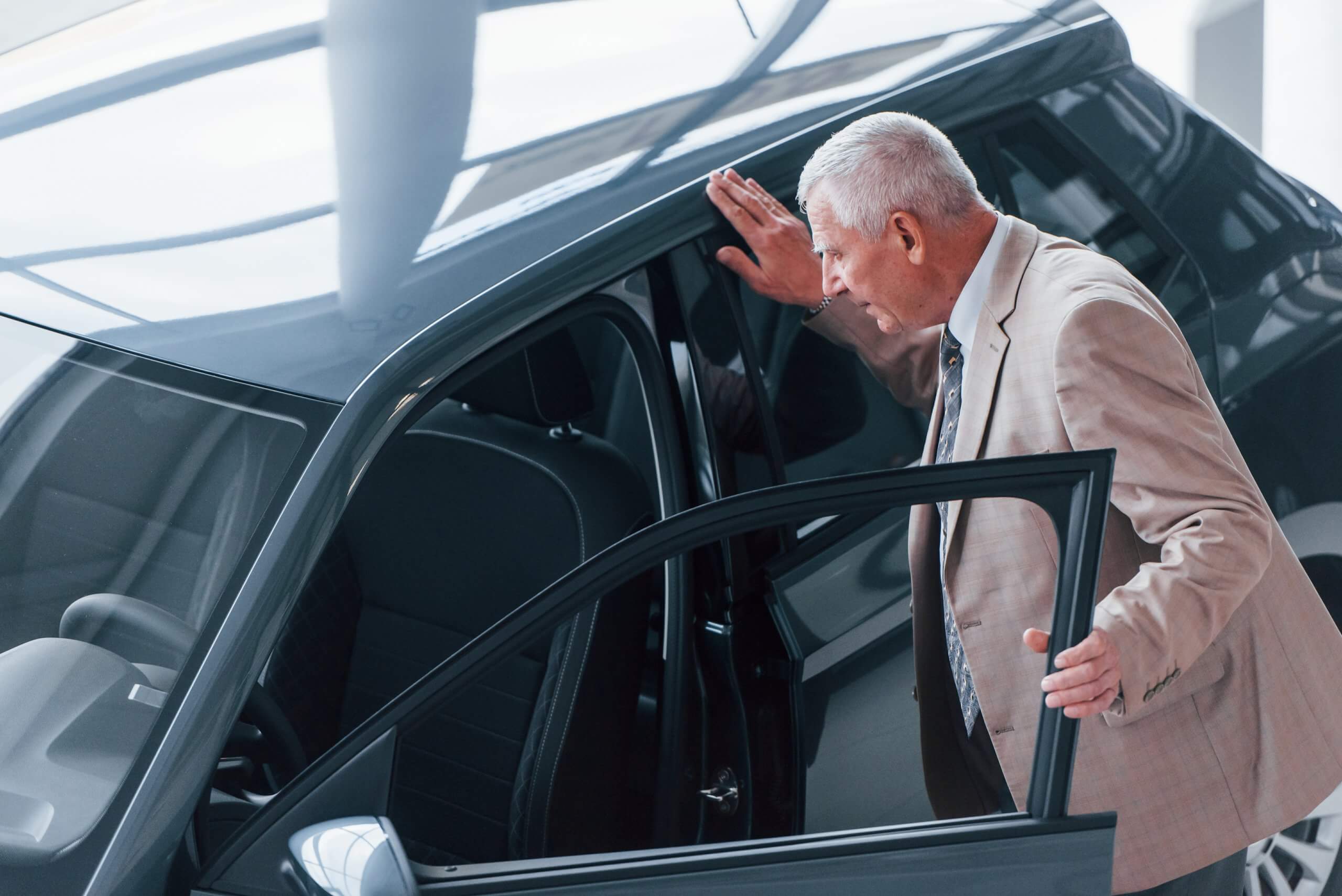Some main points should be known when any person buys a used vehicle:
Corrosion or Canvas Issues
Explore around the vehicle, seeking any deteriorated areas or color faults. They aren’t a deal-breaker because little, isolated rust spots are very straightforward to repair. You should review the purchase to see if there are any other areas where the metal is thoroughly rusted.

Frame Problem
While walking around the automobile, watch for any problem with the edge. Is the vehicle level on the land? Is something dangling from the undercarriage? Examine the bumpers and the interior of the front and hood for new rods or warping that could specify a recent accident.
What’s Underneath the Bonnet?
The motor is an essential component of any automobile. While the car is switched off, raise the hood and manually evaluate the power unit for oil leakage, oxidation, and fractured gaskets and belts. Check the oil and transmission for discoloration; oil should be brownish and fluid bright pink.
Scenario with the Rims
The tread on all four wheels must deteriorate evenly and equitably. Jagged rubber or extreme loss on a few tires can indicate inadequate positioning, suggesting steering, suspension, or edge issues. An automobile that does not make connections will lean to either side when driving.
What Should be the Mileage?
Every year, the vehicle travels roughly 12,000 miles. Distribute the tachometer reading by the car’s age to check if the vehicle you’re looking at has high or low mileage. Long-distance vehicles have more working systems that need to be replaced. When purchasing a used car, find out why long-distance driving is vital.

Inner Electronics
Tuning the radio to your favorite songs is one of the few cool things about owning a car. Press a few keys to verify the cockpit’s stereophonic and other electronic elements are working correctly. Also, on air conditioning.
Upholstery
Repairing upholstery can be expensive. The seats and interior fittings can be overlooked in the vehicle. Be careful of gaps, dirt, and leather tears in the front and rear seats.
Trial Drive
A road test is probably the most significant aspect of buying a secondhand car. Plan your route, modify your car’s speed, and test your mobility, horsepower, deceleration, and stability. Take it on the interstate if possible and try comparable parking to get a feel for the blind spots that you may find in your vehicle.
Mechanic Inspection
If you find the used car of your dreams, have a trusted mechanic inspect it. The mechanic can determine if the vehicle has a fundamental problem or an area that could be a problem shortly. This is not a complimentary facility, but it can save you the trouble of buying lemons.
Set Your Budget
Setting your price range can also assist you in narrowing your search and negotiating a price that you are thrilled with. Don’t let a brute-force salesman tell you to increase your budget to get your desired car. Keep your budget when talking to the agent, but do not share the target price until the dealer or seller offers. If you don’t share the numbers, you’ll be more bargaining. Also, remember that your used car budget should include the cost of the car and the cost of inspections and minor repairs that it may require.

Consider all Your Financing Options
If you don’t plan to buy a car for cash, consider a non-dealer financing option. For example, you may get cheap interest rates on car loans through credit unions. Get quotes from several locations and talk to each potential lender about your car’s type and price range.
Check Prices
Prices are partially determined by where you buy. You can find used cars in the used car department of new car dealers, independent used car dealers, used car dealers like CarMax, and the website where private sellers list their cars. Personal vehicles tend to have the lowest selling prices of the four vehicles. CPO cars are usually the most expensive, but for the reasons we have established. Check Edmonds’ suggested retail price on each vehicle’s inventory page to see what others pay for your model of choice.
Locate Used Cars for Sale in Your Region
The Edmonds used car inventory page is an easy place to start creating a target list. You can filter your search by many factors, such as car odometer miles, price and features, and distance from the dealer, to find the exact car you need. Most other websites have similar ways to find vehicles in your area. About Complete Controller® – America’s Bookkeeping Experts Complete Controller is the Nation’s Leader in virtual bookkeeping, providing service to businesses and households alike. Utilizing Complete Controller’s technology, clients gain access to a cloud platform where their QuickBooks™️ file, critical financial documents, and back-office tools are hosted in an efficient SSO environment. Complete Controller’s team of certified US-based accounting professionals provide bookkeeping, record storage, performance reporting, and controller services including training, cash-flow management, budgeting and forecasting, process and controls advisement, and bill-pay. With flat-rate service plans, Complete Controller is the most cost-effective expert accounting solution for business, family-office, trusts, and households of any size or complexity.
About Complete Controller® – America’s Bookkeeping Experts Complete Controller is the Nation’s Leader in virtual bookkeeping, providing service to businesses and households alike. Utilizing Complete Controller’s technology, clients gain access to a cloud platform where their QuickBooks™️ file, critical financial documents, and back-office tools are hosted in an efficient SSO environment. Complete Controller’s team of certified US-based accounting professionals provide bookkeeping, record storage, performance reporting, and controller services including training, cash-flow management, budgeting and forecasting, process and controls advisement, and bill-pay. With flat-rate service plans, Complete Controller is the most cost-effective expert accounting solution for business, family-office, trusts, and households of any size or complexity.




